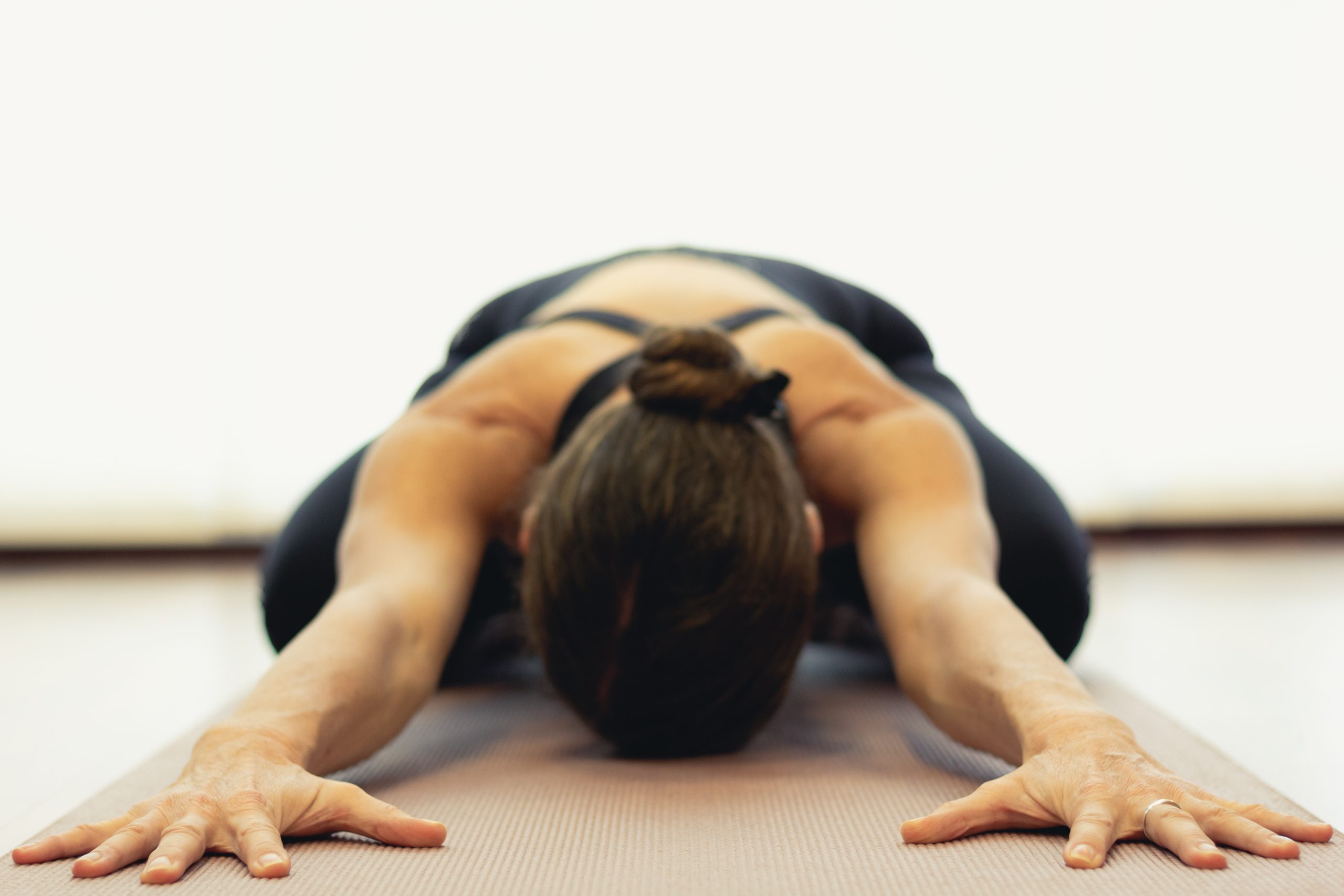
Yin Yoga is a deeply restorative and meditative style of yoga that focuses on gently stretching and lengthening the body’s connective tissues, such as ligaments, tendons, and fascia. Unlike more dynamic styles like Vinyasa or Ashtanga, which emphasize muscle engagement and fluid movement, Yin Yoga involves holding passive poses for extended periods, typically ranging from two to five minutes or longer. This slow-paced practice allows practitioners to sink deeply into each posture, targeting the deeper tissues and promoting relaxation and flexibility.
The origins of Yin Yoga
Yin Yoga is rooted in ancient Taoist principles and the concept of balancing yin and yang energies. In traditional Chinese philosophy, yang represents the active, dynamic, and masculine energy, while yin represents the passive, calm, and feminine energy. Many forms of modern yoga, such as Vinyasa and Power yoga, are considered yang practices due to their active nature, while Yin Yoga provides the perfect counterbalance by cultivating stillness and introspection.
This style of yoga was popularized in the West in the late 20th century by Paul Grilley and Sarah Powers. Grilley was inspired by the teachings of Taoist yoga and the study of anatomy. His focus on long-held postures and the targeting of connective tissue provided a fresh approach to yoga for practitioners seeking to slow down and go deeper into their bodies and minds.
The principles of Yin Yoga
Yin yoga is characterized by three main principles:
Finding your edge: Finding your edge means settling into a pose where you feel a moderate stretch without pushing your body into discomfort or pain. The goal is not to force your body into a deep stretch but to relax and allow the body to gradually open over time.
Stillness: Once you’ve found your edge, the practice encourages stillness. Instead of shifting or adjusting, you hold the posture and allow your body to naturally respond. This stillness helps calm the nervous system and promotes a meditative state.
Time: Yin Yoga poses are held for longer periods than in other forms of yoga. Holding poses for two to five minutes, or even longer, allows the connective tissue to release and stretch. This time also fosters a deeper connection between the body and mind.
Release with care: Move into and out of each pose gradually, taking care as you release. The area of your body that experienced the gentle stress from the Yin postures may feel delicate, so be mindful and slow during transitions to protect and nurture that space.
Benefits of Yin Yoga
Yin Yoga offers a range of physical, mental, and emotional benefits, making it an essential practice for people seeking balance in their lives.
Improved flexibility: By focusing on the connective tissues, Yin Yoga promotes greater flexibility in areas like the hips, lower back, and pelvis. Holding poses for extended periods encourages the body to release tension and open up, resulting in enhanced range of motion over time.
Reduced stress and anxiety: The meditative aspect can significantly reduce stress and anxiety. As you hold each pose in stillness, you’re encouraged to focus on your breath and stay present. This mindfulness practice helps calm the mind and release pent-up tension, both physically and mentally.
Enhanced circulation: Yin Yoga improves blood circulation by stimulating the body’s energy channels, known as meridians in traditional Chinese medicine. These energy pathways are similar to the concept of chakras in Indian yoga traditions. Opening these channels helps increase energy flow, leaving you feeling more balanced and rejuvenated.
Deeper relaxation: The slow, passive nature activates the parasympathetic nervous system, which is responsible for the body’s “rest and digest” mode. This allows you to enter a state of deep relaxation, making it an ideal practice for people dealing with insomnia, burnout, or chronic stress.
Increased body awareness: Holding poses for longer durations fosters a deeper awareness of the body. You become more attuned to subtle sensations, tightness, or discomfort, allowing you to work through physical and emotional blockages in a gentle and mindful way.
Take a Yin Yoga class with us!
Yin Yoga is now included in our list of offerings at Prana Endura. Book a class with us!
